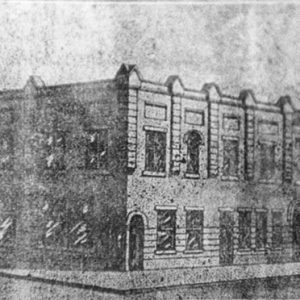 Felsenthal Structures
Felsenthal Structures
Time Period: Early Twentieth Century (1901 - 1940)
 Felsenthal Structures
Felsenthal Structures
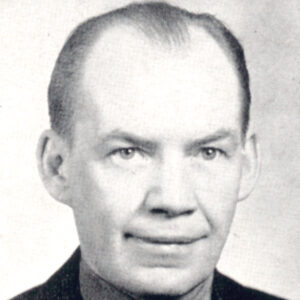 Stewart Ferguson
Stewart Ferguson
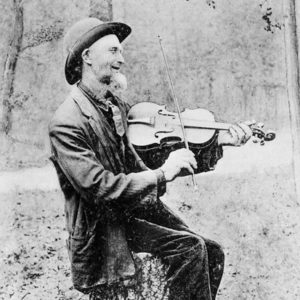 Fiddle Player
Fiddle Player
Fiddlin’ Bob Larkan & His Music Makers
aka: Bob Larkan
aka: Bob Larkin
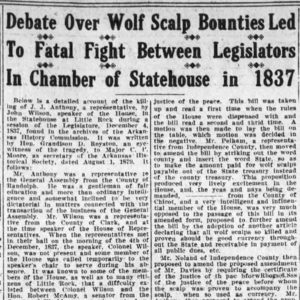 Fighting Legislators Article
Fighting Legislators Article
Finan, William F., Jr.
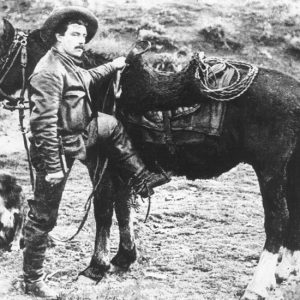 Charles Finger
Charles Finger
Finger, Charles Joseph
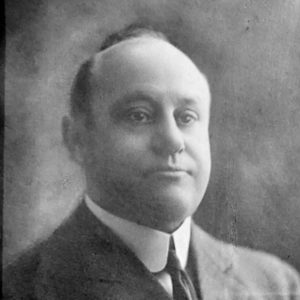 Jacob Fink
Jacob Fink
 Fire House Santa
Fire House Santa
 First Baptist Church
First Baptist Church
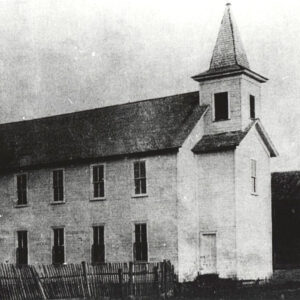 First Baptist Church
First Baptist Church
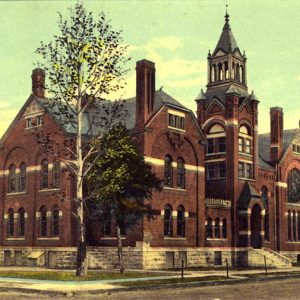 First Baptist Church
First Baptist Church
First Baptist Church (Little Rock)
aka: EMOBA
aka: Museum of Black Arkansans and Performing Arts Center
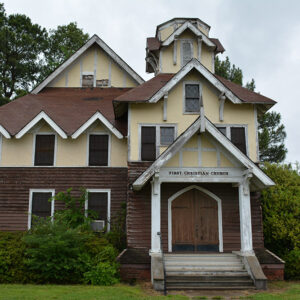 First Christian Church
First Christian Church
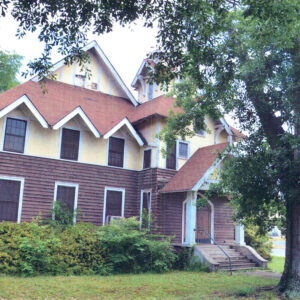 First Christian Church
First Christian Church
First Christian Church (Lonoke)
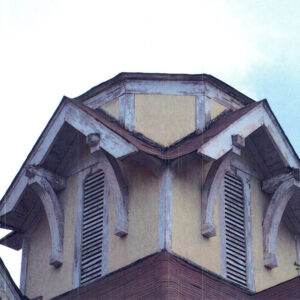 First Christian Church Detail
First Christian Church Detail
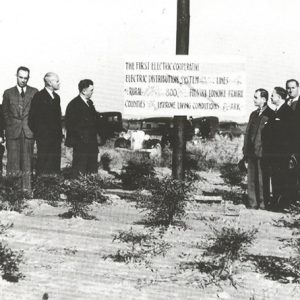 First Electric Cooperative's First Power Pole
First Electric Cooperative's First Power Pole
 First Lutheran Interior
First Lutheran Interior
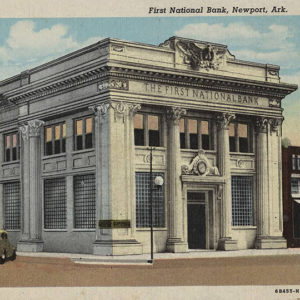 First National Bank
First National Bank
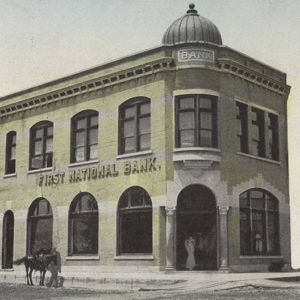 First National Bank
First National Bank
 First Presbyterian Church (Fordyce)
First Presbyterian Church (Fordyce)
First Presbyterian Church (Fordyce)
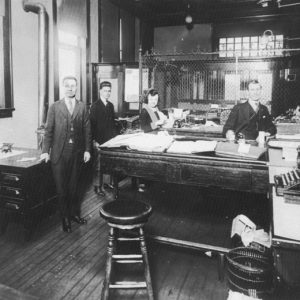 First State Bank
First State Bank
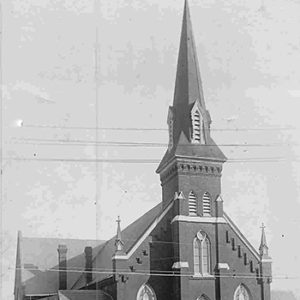 First United Methodist Church
First United Methodist Church
First United Methodist Church (Fordyce)
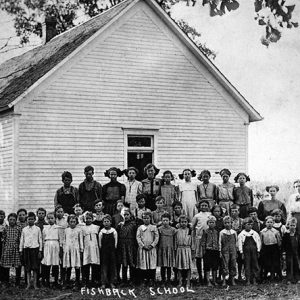 Fishback School
Fishback School
Fishback School
Fisher, Isaac
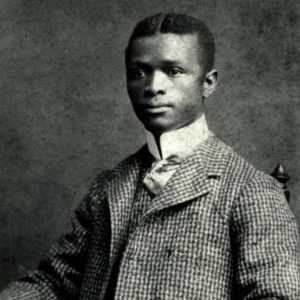 Isaac Fisher
Isaac Fisher
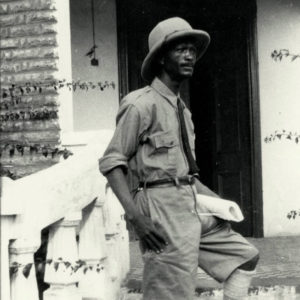 Isaac Fisher in Africa
Isaac Fisher in Africa
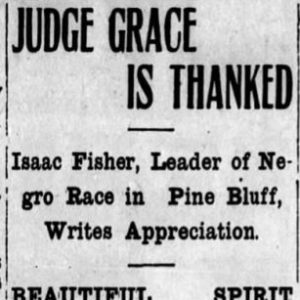 Isaac Fisher Letter
Isaac Fisher Letter
 Fitzgerald Hall
Fitzgerald Hall
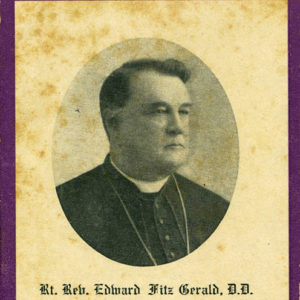 Fitzgerald Mourning Card
Fitzgerald Mourning Card
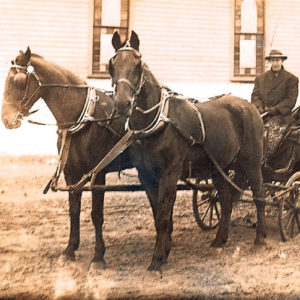 Edward Fitzgerald
Edward Fitzgerald
 Fitzhugh Cotton Gin
Fitzhugh Cotton Gin
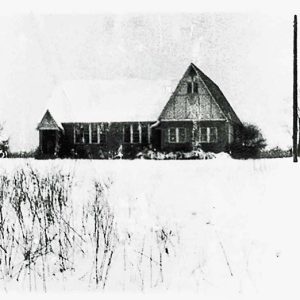 Fitzhugh School
Fitzhugh School
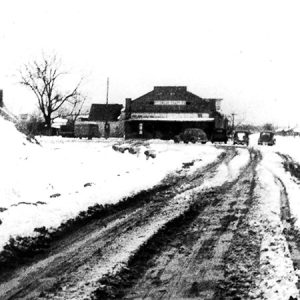 Fitzhugh
Fitzhugh
Fitzhugh Snapp Company
 Flag Modification Resolution
Flag Modification Resolution
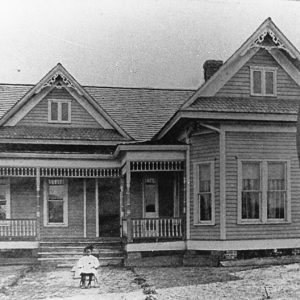 Fleming Home
Fleming Home
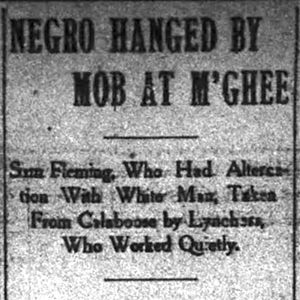 Fleming Lynching Article
Fleming Lynching Article
Fleming, Sam (Lynching of)
Flemming, Owen (Lynching of)
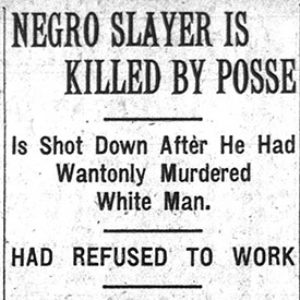 Flemming Lynching Article
Flemming Lynching Article
Fletcher, John Gould
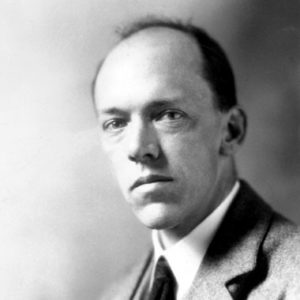 John Gould Fletcher
John Gould Fletcher




